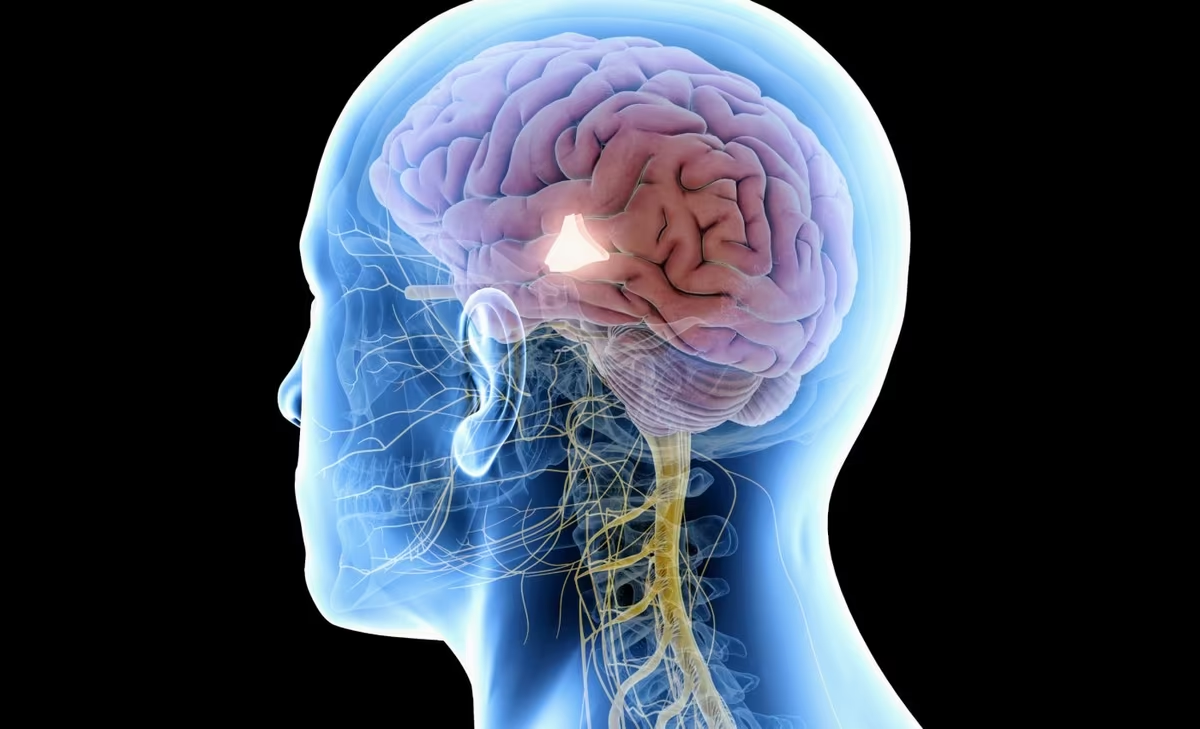Stress hormones don’t surge in a single long wave – they arrive in steady pulses, ticking through the day and influencing metabolism, mood, and alertness. A new study in mice and rats has revealed that the brain cells responsible for these pulses fire almost like clockwork every hour, even without any immediate threat.
Professor Karl Iremonger and his team at the University of Otago uncovered this rhythm by watching stress neurons light up in real time inside freely moving animals. Their findings link these hourly bursts to brief spikes in cortisol and short bouts of wakefulness.
The brain’s precise stress hormone rhythm
An ultradian rhythm repeats more than once within 24 hours, and stress hormones like cortisol follow this pattern by spiking 12 to 18 times a day in healthy adults. The researchers found that corticotropin-releasing hormone (CRH) neurons in the paraventricular nucleus of the hypothalamus switch from quiet to active roughly every 60 minutes.
While scientists have observed hourly cortisol pulses in blood samples for decades, some doubted their biological importance. This study provides direct brain evidence that these stress hormone pulses are consistent and persist day and night, hinting at an internal “short-cycle” timer separate from the circadian clock.
Exactly how stress hormones this timer works remains unknown. Models suggest it may come from feedback loops between CRH neurons and adrenal gland signals, creating a self-sustaining oscillator for stress hormones.
Tracking stress hormones in real time
The team used fiber photometry, a technique that allows light-based recording of neural activity through a hair-thin optic cable. They engineered CRH neurons to glow when active, revealing brief flashes every hour over several days while animals ate, slept, and explored.
For nocturnal mice, bursts clustered at night when they were most active, but the hourly spacing stayed constant. This consistency allowed researchers to predict stress hormone activity peaks, opening the possibility of forecasting stress reactivity.
Chemogenetic experiments confirmed the behavioral impact: when CRH neurons were artificially switched on, resting animals instantly became alert and active, showing that stress hormones act as a rapid-response alarm.
Mental health connection
These hourly stress hormone pulses are more than a biological curiosity—they may hold clues to understanding mood disorders like depression and anxiety. Chronic stress often disrupts CRH signaling and flattens cortisol rhythms, leading to irregular sleep, unstable energy, and emotional swings.
Research suggests that restoring healthy stress hormone rhythms—not just overall hormone levels—could improve mental health outcomes. For instance, the PULSES clinical trial found that mimicking natural cortisol pulses in adrenal insufficiency patients improved fatigue and emotional regulation. Similar approaches could help in psychiatric care, using wearable hormone pumps, light therapy, or behavioral interventions to stabilize stress rhythms.
New frontiers in stress hormone research
The Otago team plans to investigate the molecular “gears” behind the hourly rhythm, from CRH neuron ion channels to feedback from brainstem arousal systems. Studies in humans could confirm whether similar stress hormone rhythms exist and open the door to rhythm-based diagnostics for mental health and sleep disorders.
Future wearable devices may track stress hormones like heart-rate monitors, offering early warnings for rhythm disruptions before symptoms appear. Restoring the natural pulse pattern—not just hormone levels—might become a cornerstone of preventive health.
Frequently Asked Questions (FAQ) –
Q1: What are stress hormone pulses?
Stress hormone pulses are natural, short bursts of cortisol that occur about every hour, helping regulate metabolism, alertness, and mood.
Q2: How do these pulses affect mental health?
Healthy pulses maintain balanced energy and emotional stability. Disrupted patterns may contribute to depression, anxiety, and sleep problems.
Q3: Is this the same as the circadian rhythm?
No. The circadian rhythm cycles every 24 hours, while these ultradian stress hormone pulses occur multiple times a day. They are controlled by a separate mechanism.
Q4: Can restoring natural pulses improve mental health?
Yes. Research suggests that mimicking natural stress hormone rhythms can improve fatigue, mood regulation, and stress resilience.
Q5: How can stress hormone rhythms be supported naturally?
Maintaining regular sleep, reducing chronic stress, engaging in physical activity, and practicing relaxation techniques can help keep stress hormone rhythms stable.







